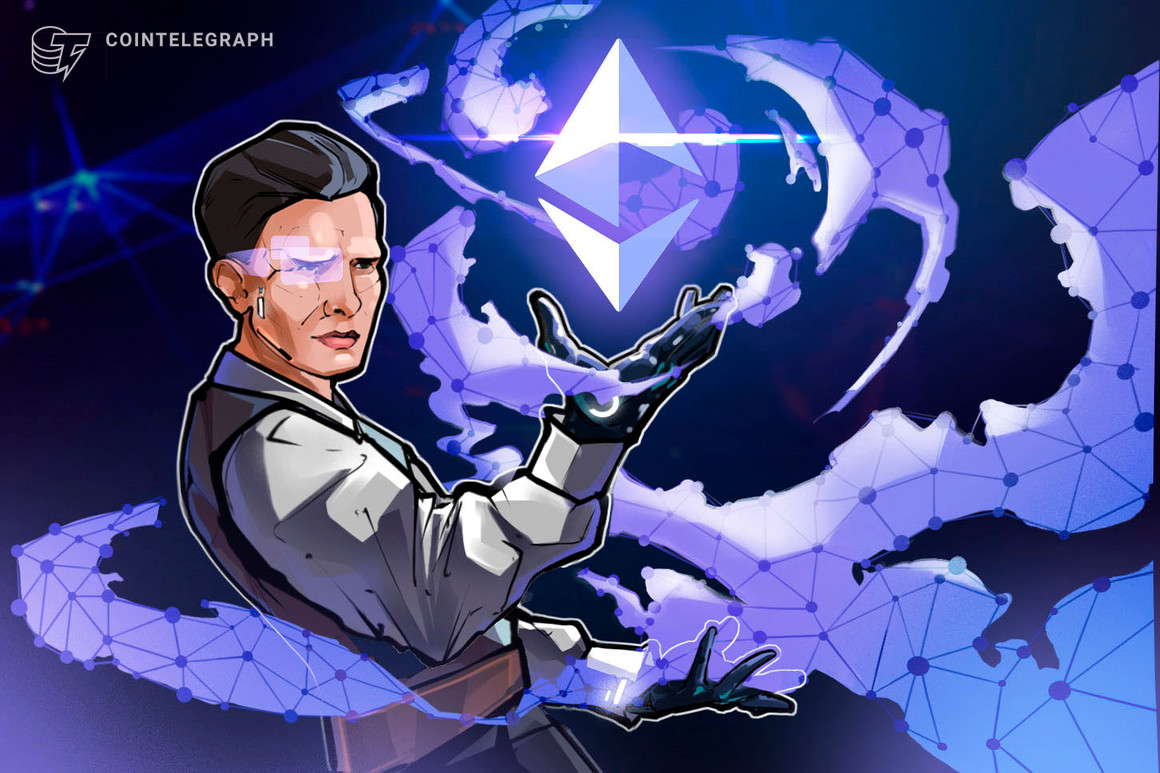
Despite the fact that the long-awaited Ethereum Merge has been pushed back again, developers working on the upgrade say it will be done „a few months after June.“
Because of how well testing went, there was a general expectation that the Merge would happen by the middle of the year. This isn’t surprising, since Proof of Stake has been pushed back so many times since it was first proposed.
Signs show that this year, this will actually happen. This year, Ethereum’s mainnet will merge with the beacon chain to become a Proof of Stake (PoS) network.
For real, though.
Tim Beiko, an Ethereum developer, tweeted a new timeline yesterday, and he said that the core developers are in the home stretch:
“It won’t be June, but likely in the few months after. No firm date yet, but we’re definitely in the final chapter of PoW on Ethereum.”
He said his comments caused a stir among Ethereum supporters and those who didn’t like them. Today, Beiko said that it can be hard to keep track of the progress of The Merge when you aren’t in the middle of the process.
To give more information, Beiko wrote a blog post that went into more detail.
Didn’t expect my tweets from yesterday to cause such a reaction I appreciate that it can be hard to parse the progress on The Merge when you aren’t deep in the process.
Tried to provide some context here: https://t.co/QTZ7CuapMf pic.twitter.com/MVXdPEj3NX
— Tim Beiko | timbeiko.eth (@TimBeiko) April 13, 2022
When „client teams are sure the software implementations have been thoroughly tested and are free of bugs,“ a date will not be set.
During these last stages, there are a lot of public test networks like Kiln and shadow forks that developers can use to test different merge/PoS-related implementations in real time on the blockchain.
Difficulty bomb ticking
Another factor is the „difficulty bomb,“ which is an automatic increase in mining difficulty that makes PoW mining less profitable. Beiko says the difficulty bomb will start to show up on Ethereum around May and make blocks „unbearable“ (read 15-20 seconds) slow by August, which is around the same time.
If the client developers don’t think they can put The Merge on the mainnet before block times slow down too much, it will have to be put off again.
Beiko suggested two ways that the difficulty bomb could be delayed so that the Merge upgrade could come first. First, she suggested combining a bomb delay with merge client releases to delay the „bomb at a certain block, restoring 13s block times, and then activate The Merge shortly after.“
Second, before the merge, the network upgrade „only delays the difficult bomb“ for a short time.
“The Merge, unlike previous Ethereum upgrades, will not be triggered by a block time. Instead, it will be triggered by a total difficulty value. Given these are harder to estimate than block times, the delay between choosing a time for The Merge and it going live on the network may be slightly shorter than prior Ethereum upgrades.”
Related: Ethereum derivatives data shows pro traders are bearish, but for how long?
Parithosh Jayanthi, a developer for the Ethereum Foundation, said this week that there is still a lot of trial and error to be done. He said that the testing of three shadow forks led to „bugs ranging from sync code to request timeouts being found.“
We’ve done 3 shadow forks of Goerli with bugs varying from sync code to request timeouts being found. Watch the Ethereum R&D discord channels for more. Goerli-shadow-fork-3 is live for anyone to test with, rated at advanced difficulty to join.
— parithosh | (@parithosh_j) April 10, 2022
Once The Merge is done and PoS consensus is adopted, the last thing on the road map for Ethereum (formerly known as Eth2) is the sharded chains upgrade, which is set to happen in early 2023.
Polygon and Optimism, which are layer-2 networks, will be used until then. They will be used to handle scalability and high transaction volumes.
The price of Ether (ETH) has gone up a lot in the last 30 days. At the time of this writing, it was worth $3,085.























